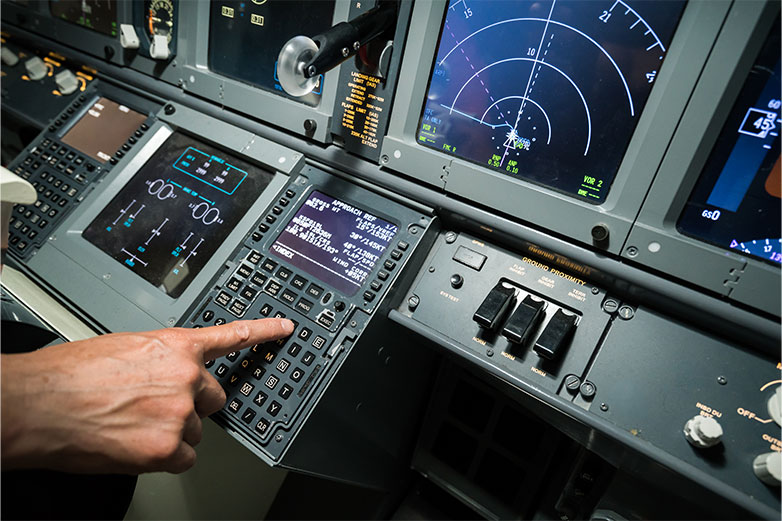Walking-Working Surfaces

Our Drug and Alcohol Training course delivers essential knowledge to pilots and aviation personnel performing safety-sensitive functions, ensuring they understand the requirements of the Drug and Alcohol Testing Program and how to address substance abuse concerns in the workplace. This comprehensive program is designed to meet the specific needs of both employees and supervisors, addressing […]
Fundamentals of Instruction

Our Fundamentals of Instruction course equips check airmen and flight instructors with a comprehensive foundation for pilot instruction. This program offers an extensive exploration of key topics, including the duties, functions, and responsibilities of instructors. Participants will gain the skills to conduct impactful flight instruction, accurately evaluate student performance, and utilize proven teaching methods. The […]
Minimum Equipment List (MEL) Online Aviation Training Course

Our Minimum Equipment List (MEL) course is designed to provide personnel with a comprehensive overview of the essential purpose and practical application of MELs. This course empowers participants with the knowledge and skills necessary for effectively using MELs, ensuring operational efficiency is maintained. This course offers instruction on the detailed structure and key contents of […]
Aviation Safety Action Program (ASAP)

Our Aviation Action Safety Program (ASAP) Overview course provides a primer on the purpose of an ASAP and each member’s role within the program. This course includes instruction on the appropriate expectations regarding voluntary submission, reporting protection, and potential corrective actions. Additionally, it covers an overview and purpose of ASAP, the ASAP reporting process, the […]
Performance-Based Communication and Surveillance (PBCS)

Our Performance-Based Communication and Surveillance (PBCS) course provides pilots with an overview of the communication and surveillance elements of air traffic management, ensuring an understanding of relevant data link communications system theories as they apply to operational use. This course provides an overview of PBCS for both domestic and international operators. The curriculum explores the […]
TSA DASSP

Our TSA DCA Access Program (TSA DASSP) training covers a range of important topics including sensitive security information, crewmember CHRC requirements, threats and suspicious activities, the flight authorization process, screen procedures, a common strategy, threat levels, defensive actions, cabin search, and aircraft security. This comprehensive training program meets the initial and recurrent training requirements set […]
High Altitude Weather and Aerodynamics Online Aviation Training Course

Our High-Altitude Weather and Aerodynamics course equips pilots with the knowledge and skills needed to tackle the numerous challenges associated with high-altitude flight, which include navigating different weather patterns, understanding physiological effects, and managing the impact of high altitudes and velocities on aerodynamics. It provides comprehensive training on these critical aspects and details proper emergency […]
Bloodborne Pathogens

Our Bloodborne Pathogens course is specifically designed to meet OSHA training requirements for employees who may face potential exposure to blood or bodily fluids. The course content offers a comprehensive overview of OSHA’s Bloodborne Pathogen Standards, including critical topics such as bloodborne diseases, modes of transmission, and the use of personal protective equipment (PPE). Additionally, […]
Safety Management Systems Online Aviation Training Course

Safety Management Systems provides an excellent introduction to understanding how an effective SMS works and introduces the concepts of safety theory, safety culture, and the four pillars of SMS. For Part 135, Part 125, and Part 91, our Safety Management Systems course provides essential training for all levels of an organization. To assist operators with […]
International Operations Online Aviation Training Course

Our International Operations course provides pilots with a comprehensive overview of the ICAO operational requirements, international flight publications, and orientation and oceanic enroute charts. The course covers essential topics such as the differences between PANS-OPS and TERPS, the importance of FANS-1-A – CPDLC and ADS-C communication systems, performance-based navigation including RNP 4 and 10 requirements […]

